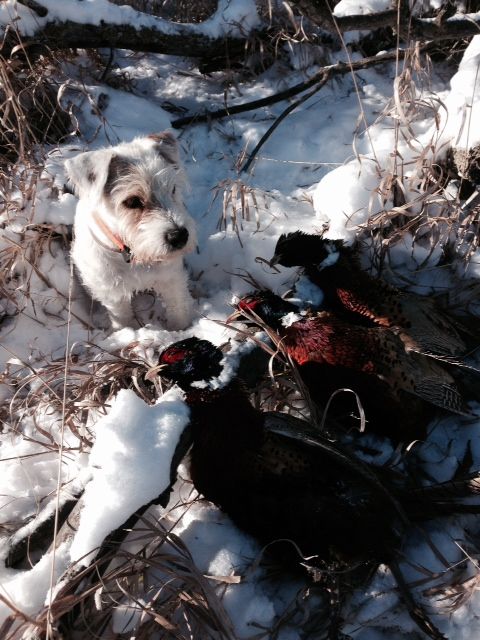goldenboy
Well-known member
Okay I have a question we can kick around for a few days. I hear all the time guys say they like a big strong dog to bust through the heavy cover like cattails, etc. I run very small golden's, usually around 43-45 pounds. They love to burrow in and bust pheasants out of cattails all day long. They don't tire easily and don't have to carry extra weight around the field all day, (like I do with the extra pounds I carry!) So my question is do we think big dogs bust through cover better than small dogs? Let the fur fly I am interested in what you guys think, but more importantly what you have observed.

